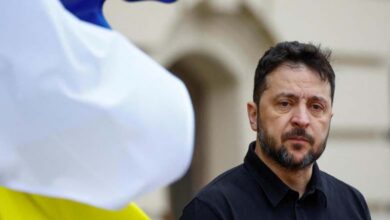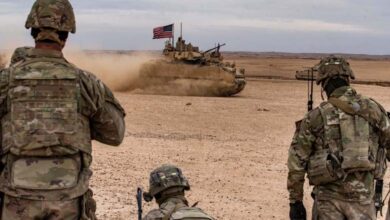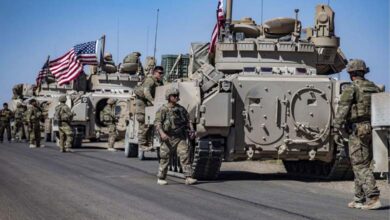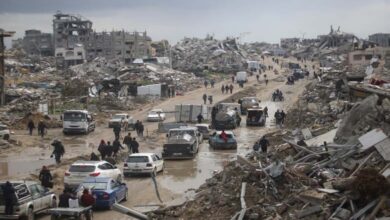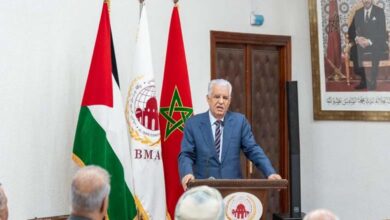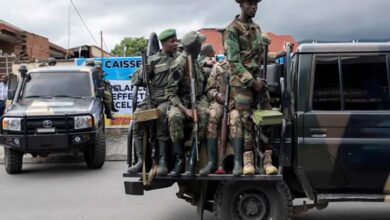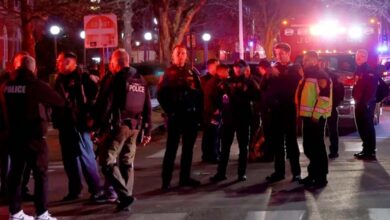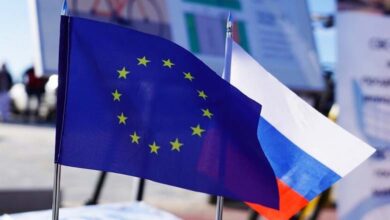Clashes in Northern Mali Between Tuareg Separatists and Russian-Backed Government Forces
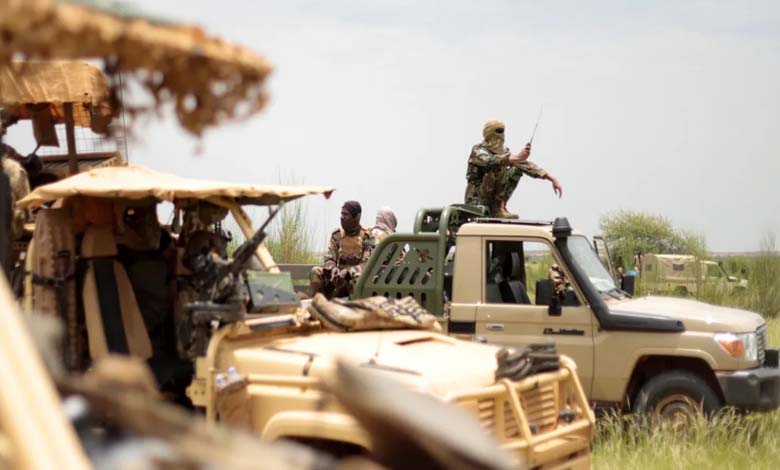
On Friday, northern Mali witnessed deadly clashes between the Azawad Liberation Front (ALF), a Tuareg separatist group, and the Malian Armed Forces, supported by the Africa Corps, a Russian-backed military formation. The confrontation marks a sharp escalation in a region plagued by rising insecurity and a diminishing presence of central government authority.
-
Somalia Calls for End to International Support Mechanism Despite Fragile Situation
-
The June 5 Coalition in Mali… A Broken Dream
According to local sources and official statements from both parties, the clashes took place in the Kidal region, a traditional stronghold of separatist movements in Azawad. Reports from the ground suggest that the fighting was intense, resulting in significant human and material losses on both sides.
In a statement released on Friday, the ALF claimed responsibility for killing “dozens of Africa Corps members,” describing the force as the successor to the Wagner Group and now directly overseen by Russia’s Ministry of Defense. The group also reported having destroyed 21 military vehicles, including armored cars and weaponized pickup trucks, noting that approximately 15 enemy bodies were left on the battlefield.
-
Al-Khuwai Massacre: Investigation Uncovers Horrific Ethnic Cleansing Crimes in Kordofan by Islamic Movement Militias and Al-Baraa Ibn Malik Group
-
Crime Without Punishment: Investigation into the Massacres by Islamic Movement Militias and Al-Baraa Ibn Malik Forces in Al-Khuwai and Al-Hammadi
For its part, the Malian Army General Staff acknowledged in a communiqué that one of its logistical convoys had been ambushed early Friday morning. According to the army, the clash occurred during an offensive targeting what it referred to as an “armed terrorist group”, claiming that ten enemy fighters were killed.
In media statements, Mohamed El-Mouloud, spokesperson for the ALF, said the battle resulted in “heavy human and material losses among enemy ranks”, describing the conflict as “a fight to defend land and dignity”. The separatist front also confirmed the deaths of three of its own fighters and seven wounded, while noting that the final toll remains under review.
-
Military Operation in Western Somalia Against Al-Shabaab… ATMIS Under U.S. Criticism
-
Washington Drops Normalization Condition with Israel in Response to Saudi Nuclear Demands
The Africa Corps, which replaced the Wagner Group, continues to provide military and technical support to various African governments, including Mali’s, as part of counter-terrorism and counter-insurgency operations. This reflects a restructuring of Russian military influence in Africa, particularly after reports that Wagner forces had recently withdrawn from Malian territory.
In 2023, the Malian army reclaimed several territories previously held by separatist groups, including the city of Kidal, a symbolic and strategic center of the conflict. However, the recent resurgence in violence shows that the situation remains volatile and far from resolved.
-
Crisis between Mali and Algeria casts a shadow over regional security
-
Puntland’s Darawish Forces Eliminate ISIS’s Last Stronghold in Somalia – Details
A local official, speaking on condition of anonymity, confirmed the intensity of the clashes, stating that “fighters on both sides showed fierce determination”, but cautioned that the final casualty figures were still pending due to limited media access and the difficulty of reaching the combat zone.
These developments come amid a complex and deteriorating security landscape that has gripped Mali since 2012, when a northern rebellion sparked a chain of events leading to the rise of jihadist groups linked to Al-Qaeda and the Islamic State. This turmoil, combined with long-standing political and social marginalization, has fueled ongoing separatist aspirations.
-
Will Somali authorities succeed in drying up Al-Shabaab’s sources of funding?
-
“ISIS – Somalia”: How did it become an advanced fighting force with global funding and an increasing threat?
The Azawad Liberation Front, formed in 2024, is an alliance of various armed factions, mainly Tuareg, seeking either expanded autonomy or outright independence from the central government in Bamako. The latest escalation could signify a new and dangerous phase in the Malian conflict, already worsened by the withdrawal of UN peacekeeping forces and an increased reliance on Russian military assistance.
-
How the Somali Branch of ISIS Managed to Build an Influence Network Beyond Local Borders?
-
The Strongman of ISIS is a Mysterious Somali Financier… Learn About Him
-
Algerian Interest in News of Mali’s Tuaregs Reflects Bias toward Separatists
-
Why is the Somali group “Al-Shabaab” one of the most important arms of transnational terrorist networks?
-
Wagner forces involved in Mali battles were stationed in Libya
-
Somalia increases pressure on Ethiopia over sovereignty dispute
-
Malian Army and Allies Use Drones in Attack Against Tuaregs


